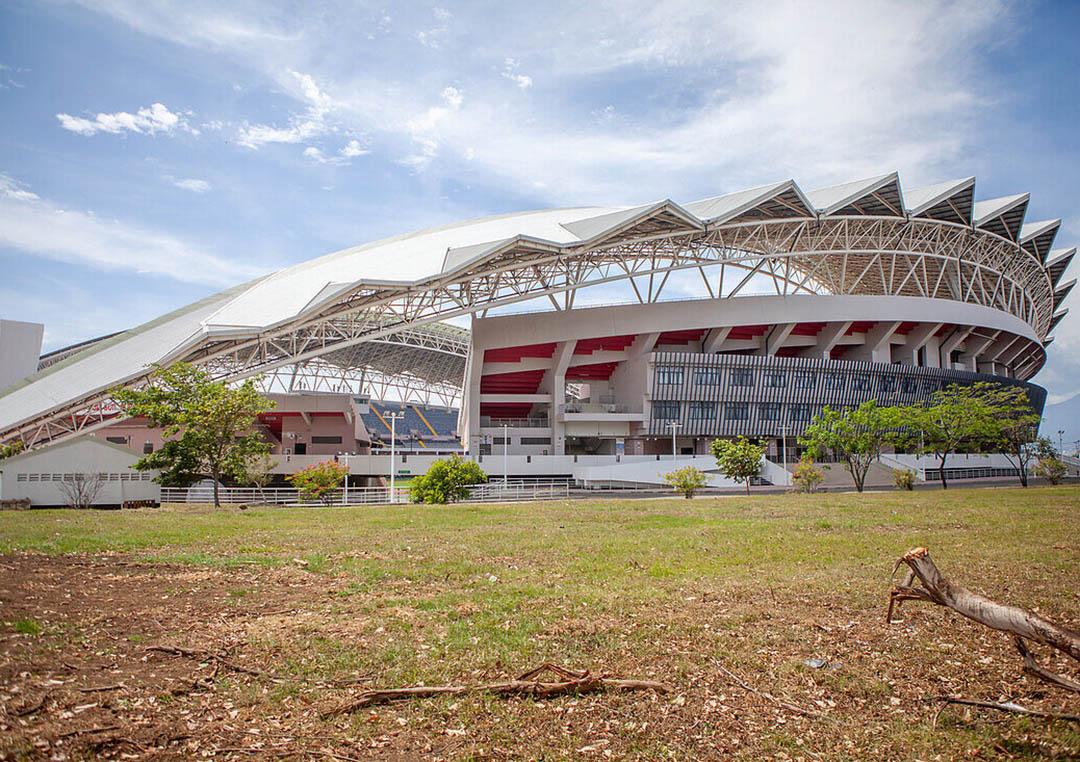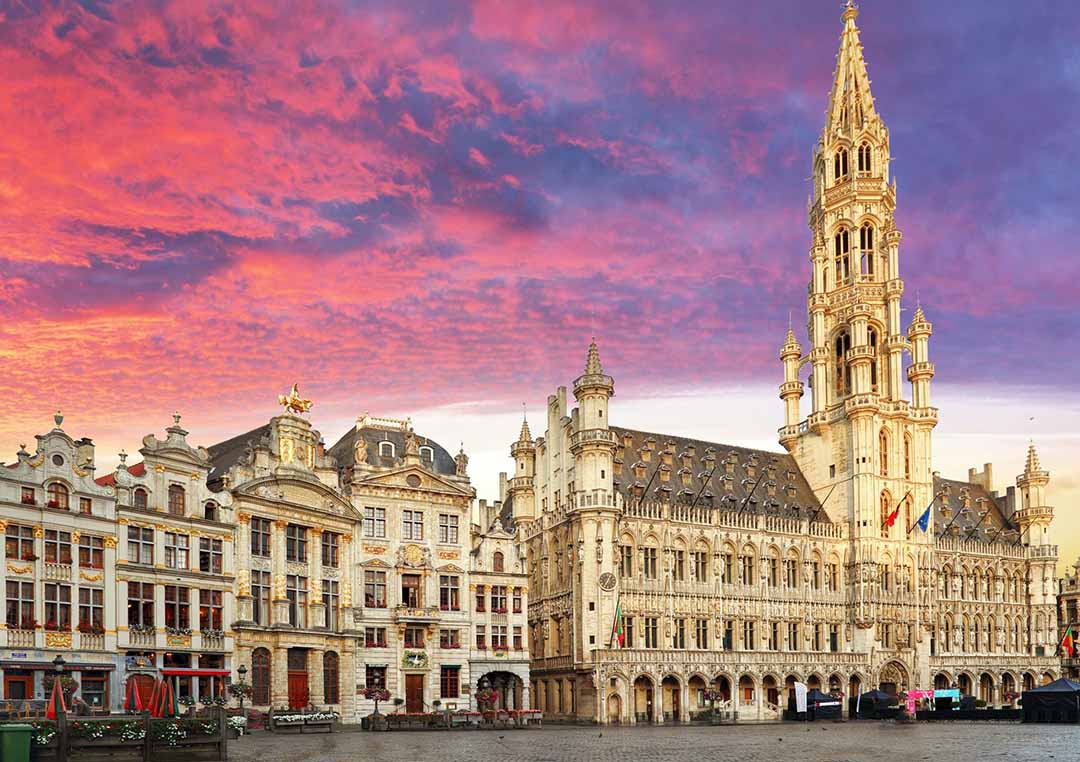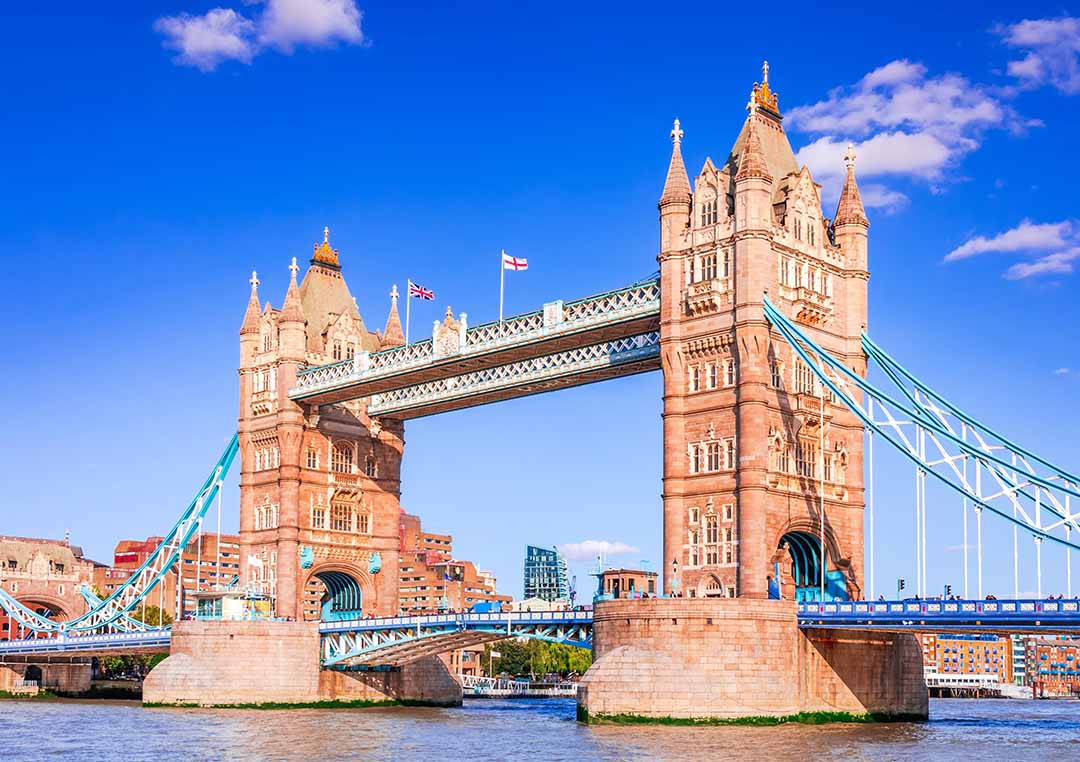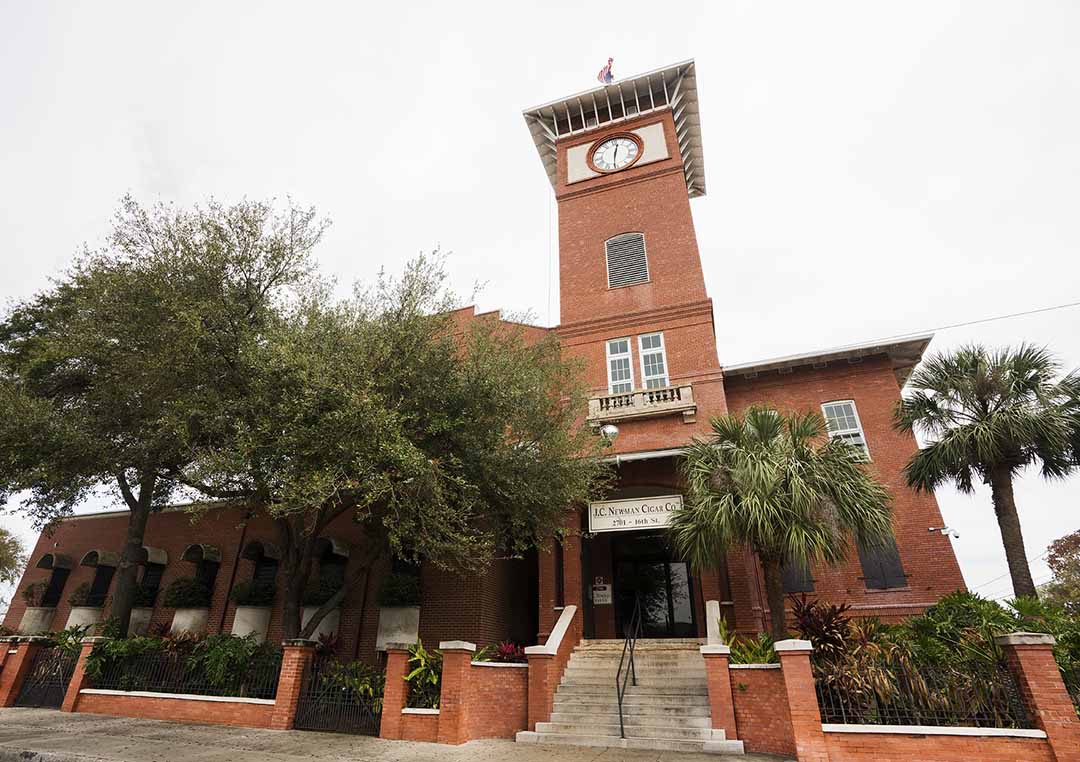Costa Rica, a tropical paradise in Central America, is renowned for its incredible biodiversity and breathtaking natural landscapes. I had long dreamed of exploring this fascinating country. This summer, I finally embarked on a two-week journey to experience Costa Rica’s natural beauty and rich culture firsthand. I’ll share my detailed itinerary and travel tips for those planning their own Costa Rican adventure.
Day 1: Arrival in San José
I arrived in Costa Rica’s capital, San José, on a bright July morning, the first stop on my journey. While San José itself may not be the most picturesque city, it serves as a gateway to the wonders of Costa Rica and offers a glimpse into the country’s vibrant culture.
After settling into a boutique hotel in the heart of the city, I decided to take it easy and explore the local area at a leisurely pace. Strolling through the bustling streets, I soaked in the rhythm of daily life. In the afternoon, I visited the National Theater and the Gold Museum, both of which highlight Costa Rica’s rich cultural heritage.
For dinner, I enjoyed a traditional Costa Rican meal known as “Casado,” which consists of rice, black beans, meat, vegetables, and fried plantains. This simple yet hearty dish was the perfect introduction to Costa Rican cuisine. The first day’s itinerary was relaxed and set the tone for the adventures to come.
Day 2: Irazú Volcano and Cartago
Early the next morning, I headed to Irazú Volcano National Park, located just an hour’s drive from San José. Irazú is Costa Rica’s highest active volcano, famous for its lunar-like landscape and striking green crater lake. Standing at the edge of the crater, I was captivated by the surreal view—a testament to nature’s power.
After leaving the volcano, I continued to the nearby city of Cartago, Costa Rica’s former capital. Cartago is steeped in religious history, and I visited the Basilica of Our Lady of the Angels, one of the most important pilgrimage sites in the country.
That evening, I stayed at a charming farm near Cartago, where I enjoyed a farm-to-table dinner made with fresh local ingredients. The tranquility of the farm provided a welcome contrast to the bustling city, allowing me to unwind in a peaceful rural setting.
Days 3-4: San Gerardo de Dota
On the third day, I ventured to San Gerardo de Dota, a small village nestled in a picturesque valley in Costa Rica’s central-southern region. This area is a haven for birdwatchers, particularly those hoping to catch a glimpse of the elusive Resplendent Quetzal, a bird revered for its vibrant plumage and mystical presence.
I stayed at an eco-lodge surrounded by lush cloud forests, where the sounds of nature filled the air. Early each morning, I set out on guided hikes through the forest, and to my delight, I was able to spot several quetzals perched high in the trees, their iridescent feathers shimmering in the sunlight.
In addition to birdwatching, I indulged in some of the finest high-altitude coffee I’ve ever tasted. The local coffee farms are known for producing beans with a unique flavor profile, and I enjoyed learning about the cultivation and processing methods during a farm tour.
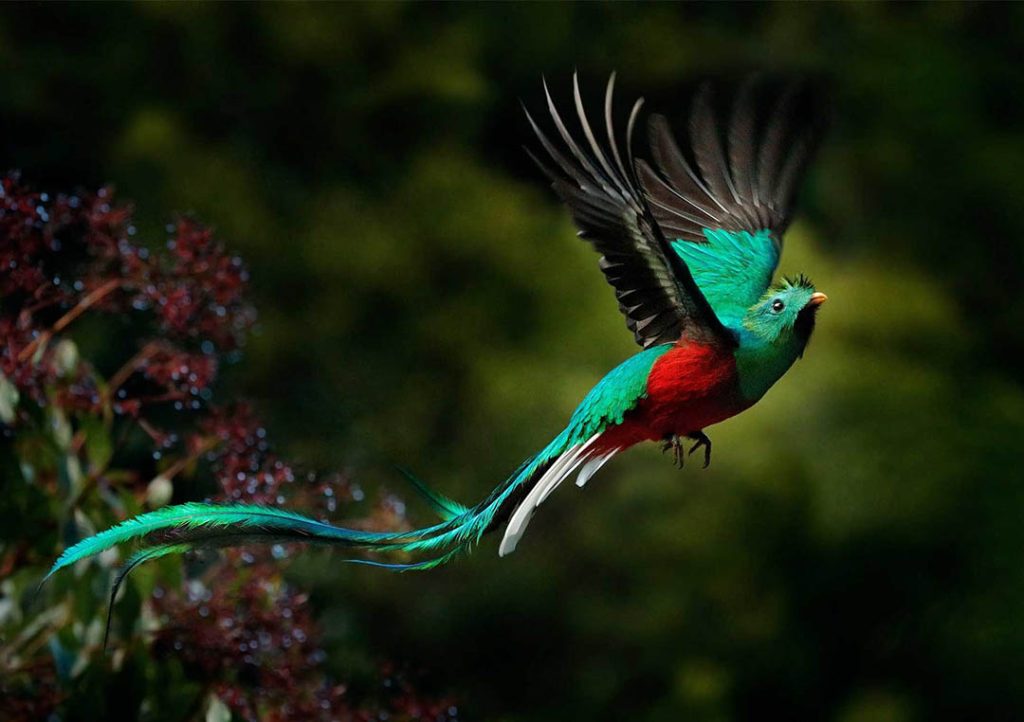
Days 5-6: San Juana
After leaving San Gerardo de Dota, I traveled southwest to San Juana, a quiet village surrounded by dense rainforests and abundant water sources. San Juana offers a perfect blend of relaxation and cultural immersion, making it an ideal stop on my journey.
Here, I participated in a community-led sustainable tourism project. The experience included visits to organic farms, demonstrations of traditional farming techniques, and hands-on activities like making sugar cane products. The highlight was sharing a meal with a local family, where we enjoyed traditional dishes and exchanged stories—a warm reminder of Costa Rica’s welcoming spirit.
To further explore the area’s natural beauty, I embarked on a waterfall hike. My guide led me through the jungle to a secluded waterfall, where the cool, clear water and lush surroundings made it feel like a hidden paradise. These two days in San Juana provided a deep sense of tranquility and connection to nature.
Days 7-8: Dominical and Uvita
On the seventh day, I reached the Pacific Coast, arriving in the Dominical and Uvita area. This region is known for its pristine beaches, world-class surfing, and diverse marine life. The Whale’s Tail Beach in Uvita, with its unique sandbar formation, is especially famous for its striking resemblance to a whale’s tail at low tide.
In Dominical, I took a surfing lesson. Though challenging at first, with my instructor’s patience, I was soon riding the waves, feeling the rush of the ocean beneath me—a thrilling and satisfying experience.
Uvita offered another unforgettable experience: a whale and dolphin watching tour. July and August are peak migration months for humpback whales, and I was lucky enough to witness these majestic creatures breaching the water’s surface. It was a breathtaking moment that deepened my appreciation for the wonders of the ocean.
Day 9: Manuel Antonio
On the ninth day, I visited the renowned Manuel Antonio National Park, a small yet stunning park hailed as one of the world’s most beautiful. Despite its size, the park boasts incredible biodiversity, with a mix of rainforest, beaches, and abundant wildlife.
I started early to beat the crowds and chose a popular hiking trail. With the help of a guide, I spotted sloths, capuchin monkeys, and colorful butterflies. Walking through the lush forest, I was constantly awed by the vibrant life around me.
In the afternoon, I relaxed on the park’s pristine beaches, where the warm waters and soft white sand provided the perfect setting for some downtime. Manuel Antonio is truly a place where nature’s beauty can be enjoyed in its purest form.
Days 10-12: Bahía Drake
From Manuel Antonio, I traveled by boat to Bahía Drake on the Osa Peninsula, one of Costa Rica’s most remote and unspoiled regions. The Osa Peninsula is often called the most biologically intense place on Earth, and it’s home to Corcovado National Park—a sanctuary for wildlife.
Over the next three days, I immersed myself in outdoor adventures, including snorkeling, hiking, and nighttime wildlife tours. Snorkeling in the crystal-clear waters revealed vibrant coral reefs and diverse marine life, while hiking took me deep into the rainforest, where I encountered elusive creatures in their natural habitat. The nighttime hike was particularly thrilling, with sightings of nocturnal animals like snakes, tree frogs, and bats.
Accommodation in Bahía Drake is mainly in eco-lodges that prioritize sustainability and environmental conservation. Staying at one of these lodges, I not only enjoyed a comfortable and eco-friendly environment but also gained valuable insights into sustainable tourism practices.
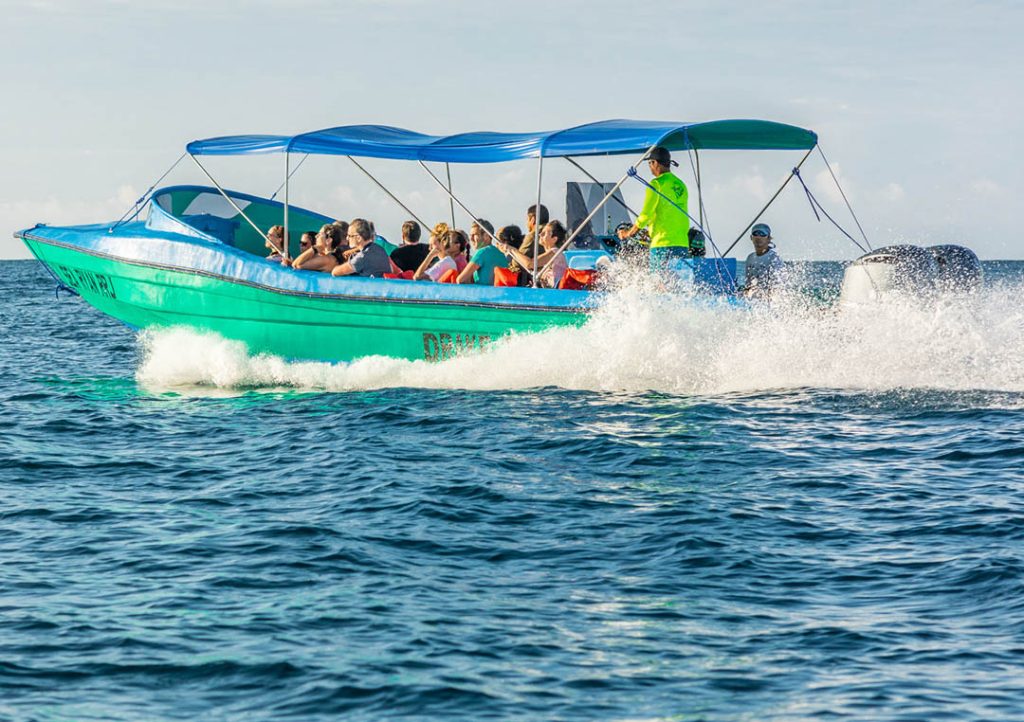
Days 13-14: Jacó
As my journey neared its end, I spent the last two days in Jacó, one of Costa Rica’s most popular beach towns. Known for its lively nightlife, excellent surfing conditions, and variety of activities, Jacó was the perfect place to wrap up my trip.
I indulged in some beach time, took a deep-sea fishing trip, and in the evenings, explored the vibrant local bars, savoring tropical cocktails and enjoying the lively atmosphere. The energy and charm of Jacó made for a fitting finale to my Costa Rican adventure.
My two-week journey through Costa Rica was nothing short of extraordinary. From towering volcanoes to pristine beaches, from dense rainforests to lively cities, each stop revealed a different facet of this incredible country. Over the course of 14 days, I not only witnessed the breathtaking beauty of nature but also experienced the warmth and hospitality of the Costa Rican people. This trip has undoubtedly become one of the most memorable chapters in my travel journal. If you’re a lover of nature and adventure, Costa Rica should definitely be on your list of must-visit destinations.

